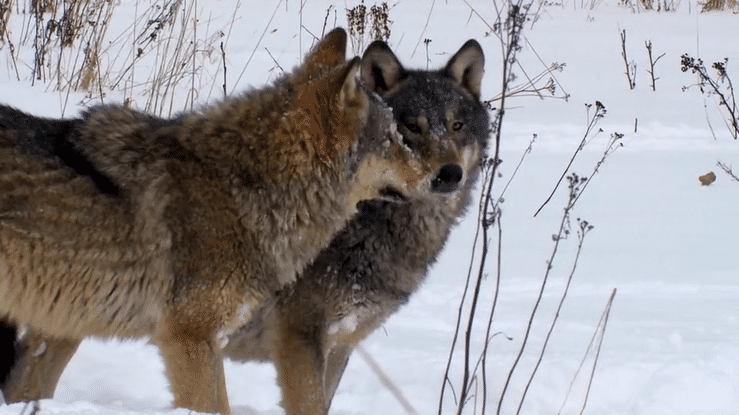
Feb 05, 2024 Animals and Healthy Ecosystems: It’s Complicated!
Wild animals are integral to healthy ecosystems; even small changes in species composition may affect biodiversity. For example, a recent paper reports that an invasive ant from Mauritius has adversely affected lion predation in Kenya by reducing the impact of native ants who protect acacia trees from elephant herbivory. The destruction of acacia trees by elephants reduces the available cover for lions stalking zebra. Another possible Mauritius-related example of animal-plant mutualism is the dodo. The dodo, a flightless, turkey-sized member of the pigeon family initially found on Mauritius, is the epitome of extinction (“as dead as the dodo”).
The last dodo was killed in the 1680s, and three hundred years later, Dr. Stanley Temple published a 1977 report in Science noting that only 13 tambalacoque trees, all more than 300 years old, were left on Mauritius. He pointed out that this more-or-less coincided with the dodo’s extinction and argued that the dodo’s disappearance might be connected to the decline of the tambalacoque tree. Temple noted that the tree’s seeds were encased in a hard outer shell and speculated they could not germinate unless the shell had been degraded in the dodo’s gizzard. Hence, the dodo’s extinction led to the lack of young tambalacoque trees and the possible eventual extinction of the tree. This example of potential mutualism between an animal and a tree has found its way into introductory biology textbooks. However, others (e.g., Owadally) have refuted Stanley’s hypothesis. Other large animals, such as the giant tortoises that went extinct in Mauritius at around the same time as the dodo, might also have dispersed the seeds and degraded the outer cover of the seed. Recently, Heinen et al. have described the threatened extinction of many tree species in Mauritius because of the extinction of several large animal species that may have helped disperse their seeds.
An American example of the importance of animals in preserving biodiversity is the return of wolves to Yellowstone National Park. Ecologists have reported that the presence of wolves (creating a “landscape of fear”) reduced the impact of elk herds on riverine trees, leading to the regeneration of willow and aspen groves along rivers and streams and the consequent return of beavers. The beaver dams then create biodiverse wetland ecosystems. However, ecology is complicated. Others have contested the claims that wolves have had substantial beneficial impacts on Yellowstone’s biodiversity, arguing that there is little evidence of aspen recovery in Yellowstone. But scientists at the National Park Service disagree. An article in volume 24 (2016) of Yellowstone Science concludes, “Together with other factors that influence the number of elk, such as predation from bears, cougars, and hunting, aspen appears to benefit from the reintroduction of wolves.”
Additionally, a recent paper in Science introduces a further complication in the ecological debate over biodiversity. The authors present the concept of “functionality” as the appropriate criterion to evaluate whether a non-native species will negatively or positively affect an ecosystem and its biodiversity. The authors report that larger, bulk-feeding herbivores tend to increase the biodiversity of an ecosystem, while the smaller herbivores with more selective feeding habits tend to reduce biodiversity. The authors state, “[t]he restoration of predators and large megafauna, that is, trophic rewilding, would likely shift biomass back toward larger bodied bulk-feeders with implications for biodiversity.” In other words, the normative idea of whether or not a species is “native” (or belongs) to an ecosystem should be a secondary consideration to the functional ecological role a particular species might play in an ecosystem.
As the title of this article notes, ecosystem interactions and composition and the conservation or restoration of ecosystems are indeed “complicated.” The maintenance and development of comprehensive historical data on ecosystems are essential to detect problems early and, if necessary, take corrective action. Identifying places where biodiversity is enhanced and why is equally important.
Project Coyote, an organization promoting the ecological importance of coyotes and other predators, recently produced a film on predator impacts on biodiversity. The film includes a short interview with the late Michael Soule, co-founder of the Society for Conservation Biology. Camilla Fox, founder and Executive Director of Project Coyote, notes: “In producing Ecosystem Allies: Large Carnivores & How They Benefit Us All, we aim to raise public awareness about North American carnivores’ vital role in addressing our planet’s ecological crisis, emphasizing the critical need for their protection in fostering thriving ecosystems.”


